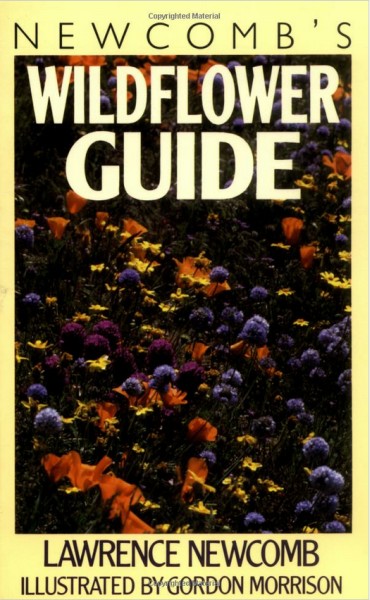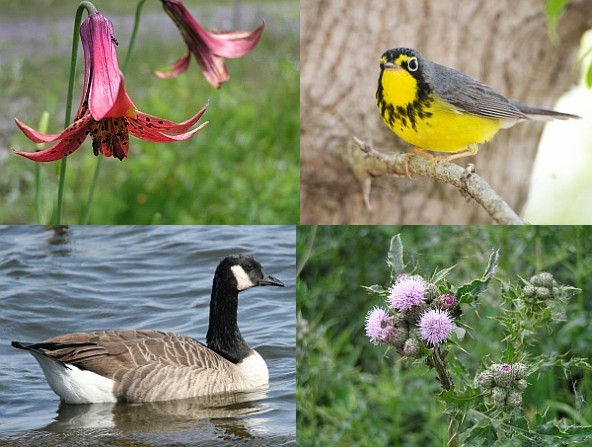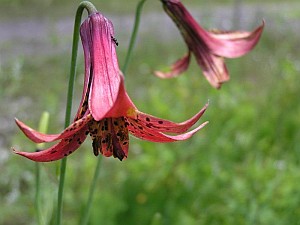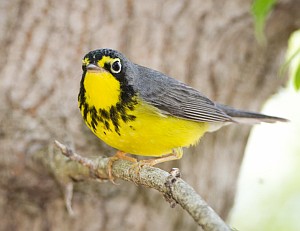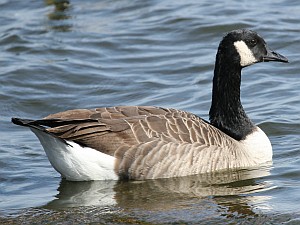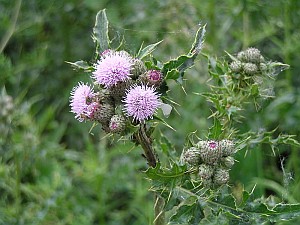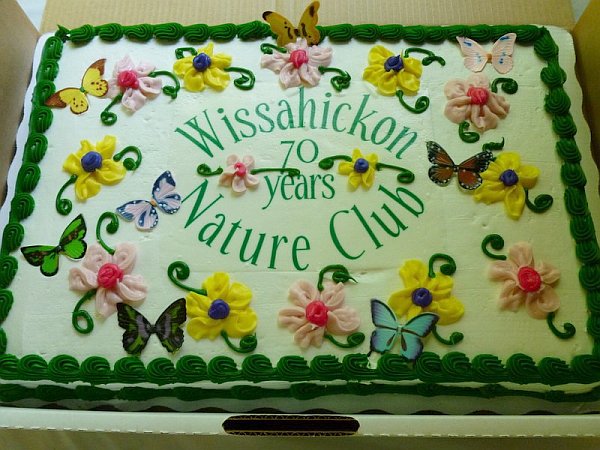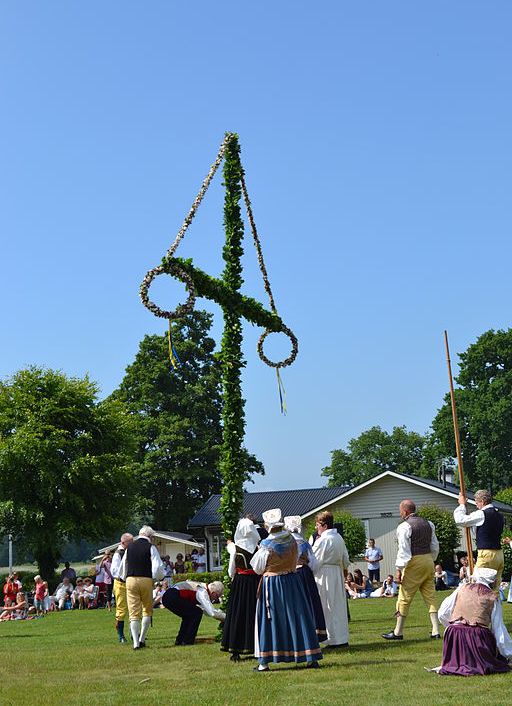
If you love birds, you can’t help but love trees.
Trees provide many birds with food, shelter, and a great place to perch. In southwestern Pennsylvania most of our birds are found in trees. We even have ducks that nest in hollow trees. (Wood ducks)
Trees are good for people too. Did you know …
- Trees make the air cleaner by filtering airborne pollutants, absorbing carbon dioxide and producing oxygen.
- Just three strategically placed trees can decrease your utility bills by 50%.
- Trees reduce noise pollution by absorbing sounds.
- Hospital patients who can see a tree outside their windows have almost one full day less recovery time and need fewer painkillers.
- Trees around your home can increase its property value by 15% or more.
Sadly many places in cities and suburbs lack trees and miss out on these benefits. In Pennsylvania there’s a statewide program called Treevitalize that works to change that.
Treevitalize helps people plant and maintain trees along neighborhood streets, in business districts, in parks, and along degraded streams. In my area the City of Pittsburgh, Allegheny County, Tree Pittsburgh, the Western Pennsylvania Conservancy, and DCNR joined together to form Treevitalize Pittsburgh and carry out the work here. Their goal is 20,000 new trees!
The fall planting season is fast approaching so now’s the time to prepare. You can learn how to help plant and maintain trees for your own neighborhood at Tree Pittsburgh’s Tree Tender workshops.
- There’s a workshop this Saturday, July 28, 9:00am to 4:00pm at the Millvale Community Center, 416 Lincoln Avenue in Millvale.
- Or attend the next one on Saturday September 15, 9:00am to 4:00pm at the Western Pennsylvania Conservancy’s offices, 800 Waterfront Drive on Washington’s Landing.
Register online at www.TreePittsburgh.org or call 412-362-6360.
It’s a great opportunity to help neighborhood birds, and people too.
And remember the next time you complain that a tree is messy or inconvenient, look up in that tree. I bet you’ll find a bird. 🙂
(Tree facts from TreeVitalize Pittsburgh. Photo by Kate St. John)
